Half Dome

An exciting hike to the summit of one of North America's most iconic peaks.
Extreme Hiking
- Distance
- 24 km
- Ascent
- 1.7 km
- Descent
- 1.7 km
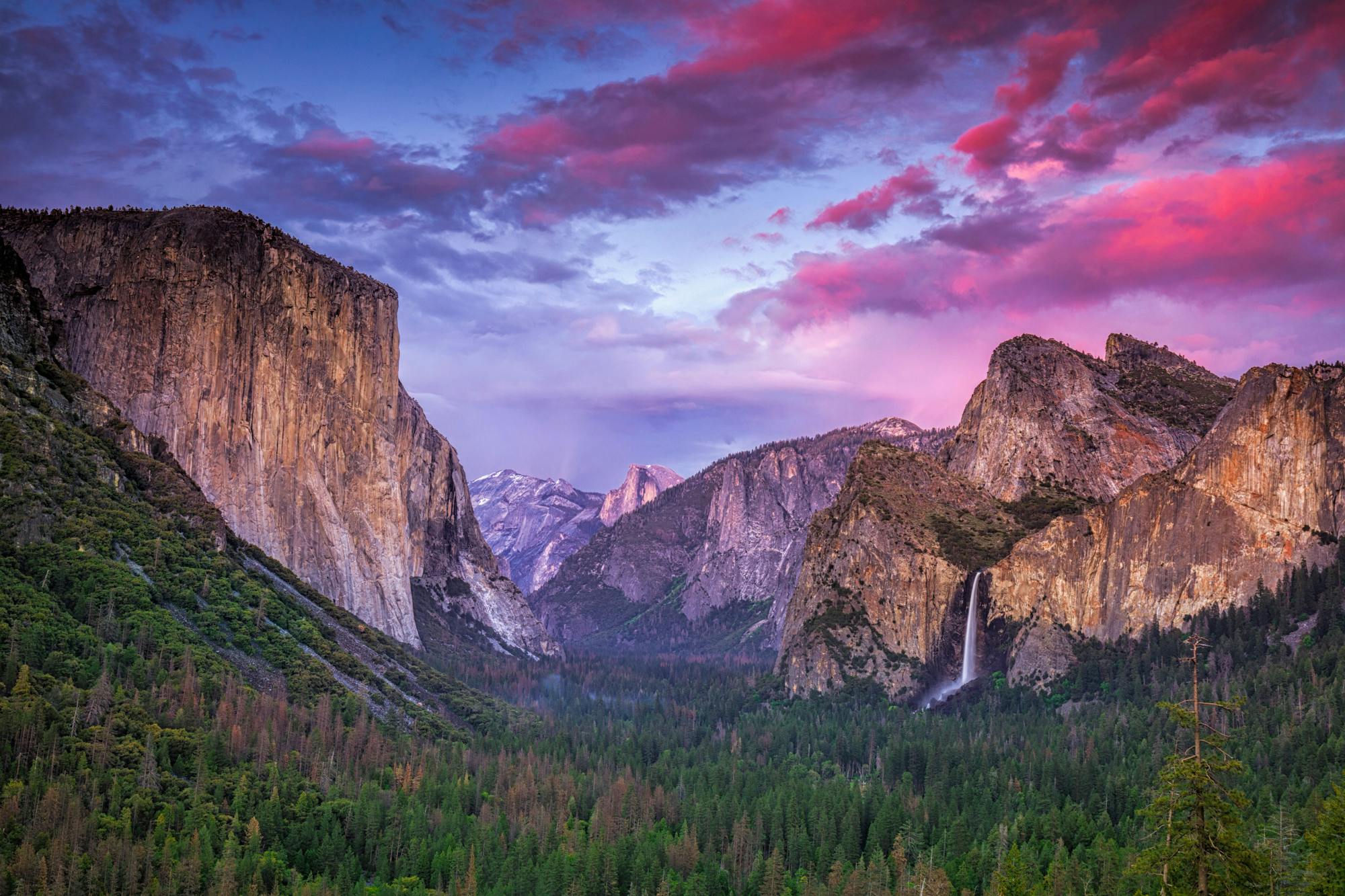
Get inspired to plan your next epic adventure with these 63 incredible hikes!
Alpine Climbing, Hiking Easy, Moderate, Difficult, Severe, Extreme
Also in Alaska, United States of America • Arizona, United States of America • Arkansas, United States of America • California, United States of America • Colorado, United States of America • Florida, United States of America • Hawaii, United States of America • Illinois, United States of America • Indiana, United States of America • Kentucky, United States of America • Maine, United States of America • Michigan, United States of America • Minnesota, United States of America • Montana, United States of America • Nevada, United States of America • New Mexico, United States of America • North Carolina, United States of America • North Dakota, United States of America • Ohio, United States of America • Oregon, United States of America • South Carolina, United States of America • South Dakota, United States of America • Tennessee, United States of America • Texas, United States of America • Utah, United States of America • Virginia, United States of America • West Virginia, United States of America • Wyoming, United States of America • Saint John, United States Virgin Islands

The United States National Park System protects more than 85 million acres of Planet Earth's most incredible landscapes. From towering mountain ranges to arid deserts, verdant jungles, arctic tundras, and almost every other landscape imaginable, the national parks are the USA's most valuable treasure.
The National Park System (NPS) was born in its nascent state on March 1, 1872, when "President Ulysses S. Grant signed the Yellowstone National Park Protection Act into law," according to the NPS. However, the NPS truly came of age on August 25, 1916, when "President Woodrow Wilson signed the 'Organic Act' creating the National Park Service, a federal bureau in the Department of the Interior responsible for maintaining national parks and monuments that were then managed by the department," according to the NPS.
Since then, the NPS has become a model for conservation and preservation that has been followed around the world. Above and beyond national parks and monuments, the NPS manages 423 different units with 19 naming conventions (at the time of this writing in late 2022).
While the National Park System includes many different types of units, this guidebook is only concerned with the fully-fledged national parks themselves. As of late 2022 when this description was written, there are currently 63 national parks in the system. This number continues to change as new parks are regularly added to the list. Most often, current national monuments will get upgraded to national park status, thereby receiving additional resources... and fame.
The national parks are some of the most visited natural sites in the world. In 2021, NPS sites received a total of 297 million visits, with the most-visited national park—Great Smoky Mountains—receiving over 14 million visits alone. Despite their popularity, the beauty of these parks—and the famous hikes within their borders—inevitably ignite the human imagination, beckoning people from around the world to come, visit, and experience the beauty for themselves.
Many of the popular sites and hikes have become a bonafide checklist for any self-respecting traveler. While perhaps the lesser-known hikes can offer equivalent beauty with a fraction of the crowds, you sometimes still have to check off the most famous itineraries just to say you've done them.
In this guidebook, we've rounded up what is arguably the most famous hike in every single USA national park, arranged in alphabetical order by park. For some of these parks, it's difficult to choose exactly which trail is the most famous. For instance, in Sequoia National Park, is it the Congress Grove to the famous sequoia trees, or Mount Whitney—the highest point in the Lower 48?
In other parks, the hiking trails themselves aren't the main attraction. In Mammoth Cave, for example, most people head under the ground instead of hiking along the surface. In Dry Tortugas, most people choose to paddle instead of hike.
While many of these "most famous" hikes are also the most popular in the respective national parks, be warned that some of these ultra-famous hikes are still incredibly difficult. Mountain peaks included in this guidebook, such as Longs Peak, Mount Whitney, and Half Dome, are all challenging mountains that should not be attempted without plenty of preparation and training. Similarly, epic traverses like the Grand Canyon Rim to Rim and the Greenstone Ridge Trail comprise challenging multi-day backpacking itineraries for most people. And, it's worth noting that many of these epic hikes—and even many of the shorter ones, like Angels Landing—have claimed lives on multiple occasions. Do not underestimate them.
This incredible diversity and the raw challenge of the natural world are exactly the allure of the national parks. The landscapes are beautiful, wild, and ever-changing, and each and every park is home to something truly unique. Whether you use this guidebook as a checklist of adventures that you must complete or simply as inspiration to get you to plan your next big trip, the important part is the dream that fuels your next adventure.
Sources: https://www.nps.gov/aboutus/national-park-system.htm https://www.nps.gov/subjects/socialscience/annual-visitation-highlights.htm https://www.nps.gov/yell/learn/historyculture/yellowstoneestablishment.htm

An exciting hike to the summit of one of North America's most iconic peaks.
Extreme Hiking
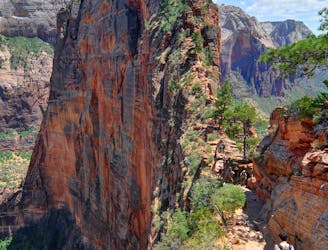
Zion National Park's iconic vertigo-inducing hike to a heavenly view.
Severe Hiking

Epic trek to the saddle in between the Middle and Grand Teton.
Extreme Hiking
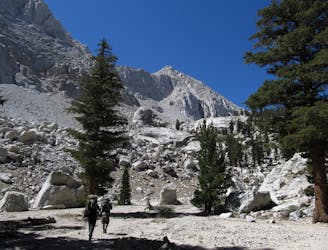
The famous day or overnight hike to stand atop the contiguous United States' highest summit.
Moderate Alpine Climbing
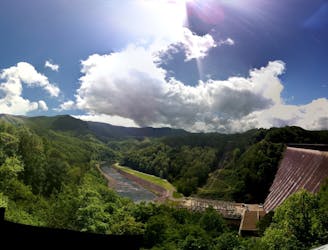
The approach to Clingmans Dome, the highest point in the Great Smoky Mountains National Park.
Difficult Hiking
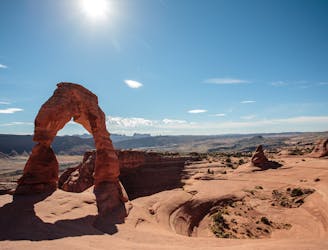
Hike to the iconic arch in Arches National Park.
Moderate Hiking
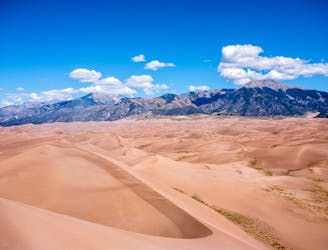
An epic trek to the summit of two of North America's tallest sand dunes in Great Sand Dunes National Park
Moderate Hiking
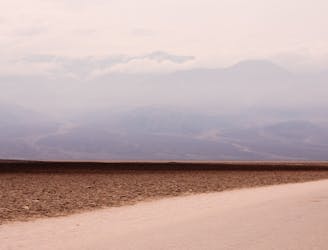
The quintessential Death Valley experience.
Easy Hiking
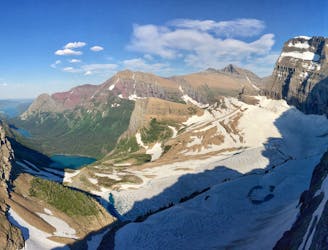
Simply put: One of the best day hikes in the world.
Difficult Hiking

Hike to the highest point in Texas!
Difficult Hiking
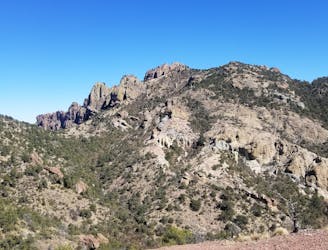
A popular hike in Big Bend National Park with endless views of the Chisos Mountains.
Difficult Hiking
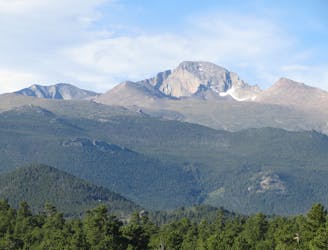
Standard route to the top of Longs Peak, the only 14er in Rocky Mountain National Park.
Moderate Alpine Climbing
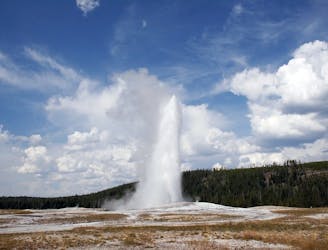
An easy 2.3 mile loop taking you up close to Yellowstone’s famous hot springs and gushing geysers.
Easy Hiking

One of the most stunning day hikes in the state of Washington!
Difficult Hiking
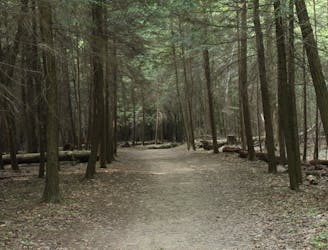
A classic Cuyahoga Valley hike renowned for its towering sandstone cliffs and captivating views.
Moderate Hiking
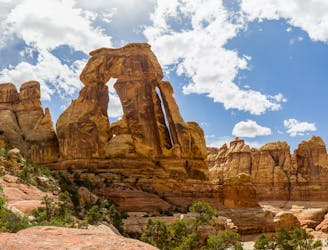
One of the most popular hiking destinations in the Needles District of Canyonlands National Park.
Severe Hiking

Widely regarded as the best hike in Denali National Park!
Difficult Hiking

One of Alaska's most incredible easy-to-access hikes!
Moderate Hiking

A epic and mesmerizing hike — "One of Shenandoah's premier experiences."
Difficult Hiking
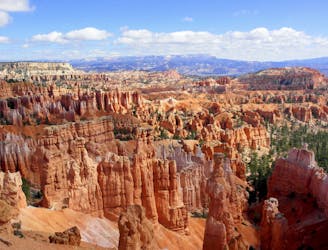
The most popular hike in Bryce Canyon National Park.
Easy Hiking
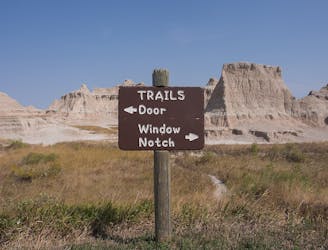
A short walk through a canyon with an impressive overlook at its furthest point.
Moderate Hiking

The full Cascade Pass Trail in all its glory!
Difficult Hiking
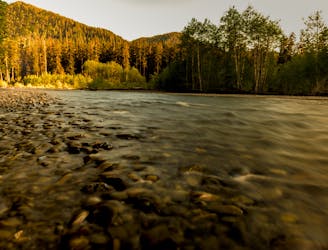
One of the most beautiful hikes in the nation!
Moderate Hiking

Congaree's most popular trail, on a wooden path among giant trees.
Easy Hiking

Climb to a stunning overlook of Crater Lake.
Difficult Hiking
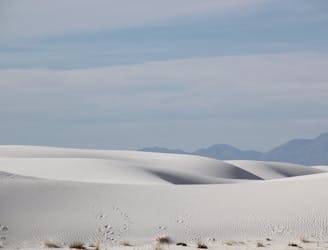
A challenging hike with endless views as you wander through snow-white sand dunes.
Difficult Hiking
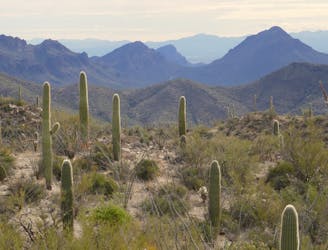
A full-value loop to the highest point in the Tucson Mountains District of Saguaro National Park.
Difficult Hiking
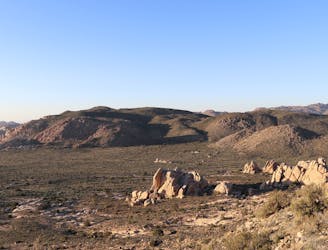
Ultra-popular hike to a summit near the center of Joshua Tree National Park.
Difficult Hiking

A 3-mile hike through the West Beach Recreation Area that highlights the diversity of plant and animal life while offering several spectacular views along the way.
Moderate Hiking
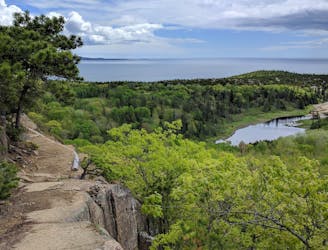
The easiest "rung and ladder" trail known for its stunning views and cliffside exposure.
Severe Hiking
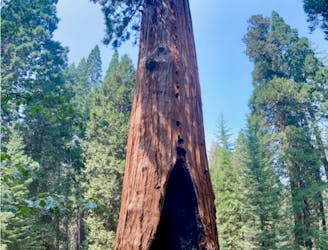
The second-largest tree in the world!
Easy Hiking
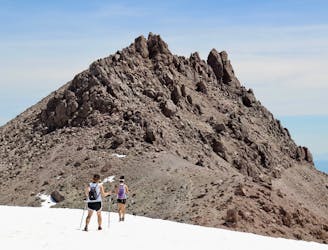
The must-do hike to the summit of the park's namesake mountain.
Difficult Hiking
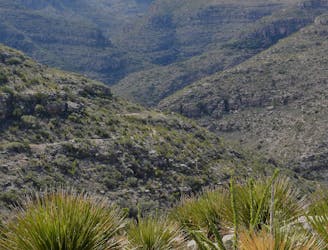
A 6-mile backcountry hike off of Desert Loop Road with striking views and diverse plant life.
Moderate Hiking

A short 1.5-mile hike to a sinkhole about 10 minutes from the visitor center.
Moderate Hiking
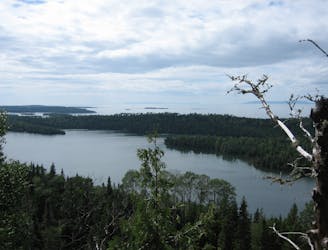
A 40+ mile ridgeline trek across the mountainous backbone of Isle Royal National Park.
Difficult Hiking
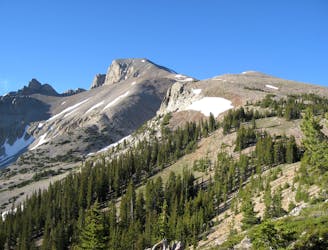
An alpine hike to the highpoint of Great Basin National Park, and the second-tallest mountain in Nevada.
Difficult Hiking

Wander pedestrian paths through a grassy urban park at the feet of the Gateway Arch.
Easy Hiking

A boardwalk by the national park visitor center, with spots to fish and look out over Biscayne Bay.
Easy Hiking
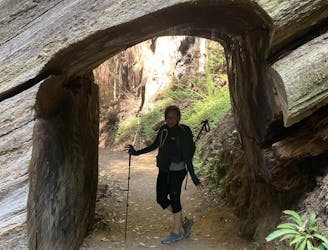
The best hike in Redwood National Park!
Moderate Hiking
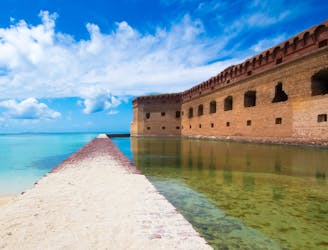
Walk the walls of a massive old fort that juts into the sea.
Easy Hiking
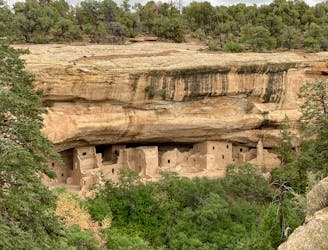
A respectable hike with stunning history—arguably the best hike in Mesa Verde National Park.
Difficult Hiking

One of the best hikes in Petrified Forest National Park.
Easy Hiking
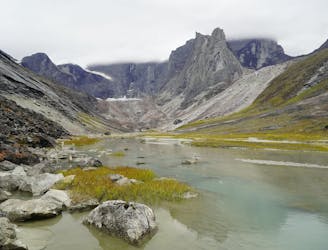
Journey along Arrigetch Creek to its headwaters, among the glaciers at the feet of impossible peaks.
Severe Hiking
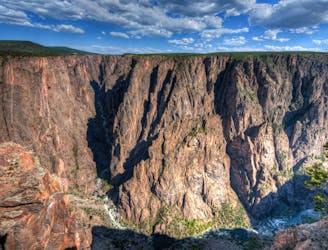
One of the top hikes in the national park.
Moderate Hiking
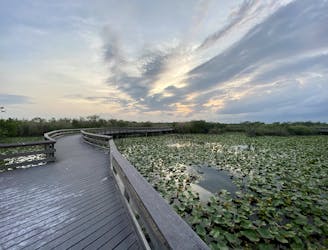
One of the best walks in the Everglades for viewing resident wildlife.
Easy Hiking
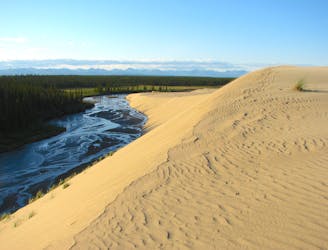
Land by plane and walk across the largest dune field in the Arctic.
Moderate Hiking
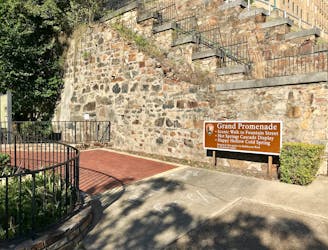
A historic brick walkway designated a National Recreation Trail in 1982.
Easy Hiking
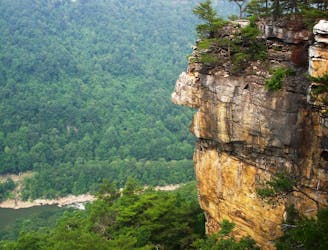
A classic New River hike loaded with "endless" views from a bluff staring across the river to Fayetteville and the New River Gorge Bridge.
Moderate Hiking
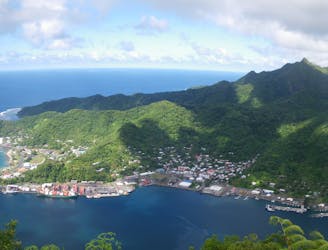
One-of-a-kind adventure in the national park, scaling many ropes and ladders through thick jungle to reach the top of Mount Alava.
Severe Hiking
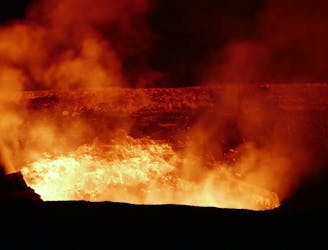
One of the best hikes for viewing lava in Volcanos National Park.
Difficult Hiking
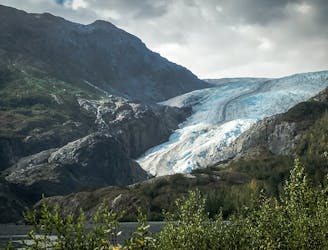
Kenai Fjords’ most accessible hike, leading to the foot of Exit Glacier and along its rocky outwash plain.
Moderate Hiking
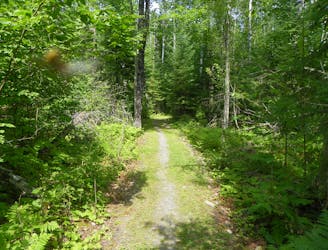
A stroll through the woods to overlooks and points along the lakeshore, with gentle hills and rocky sections for more variety.
Moderate Hiking

A classic Lake Clark day hike to a breathtaking waterfall crashing 30' over hardened lava rock.
Moderate Hiking
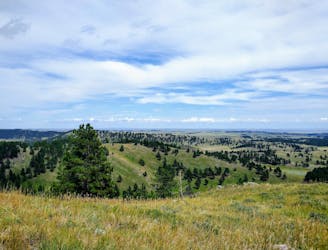
Wander through a mature ponderosa pine forest and enjoy breathtaking views from the park's highest point.
Easy Hiking
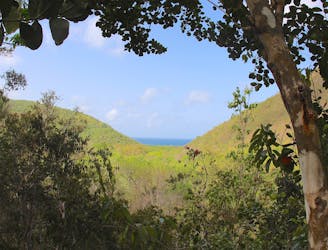
One of the best hikes on St. John: Descending through a forest rich with wildlife, past plantation ruins and even older petroglyphs, to a deserted beach on the quiet side of the island.
Difficult Hiking
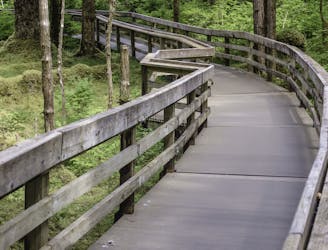
A partially-accessible hike in Bartlett Cove with two spectacular overlooks of a small pond.
Moderate Hiking
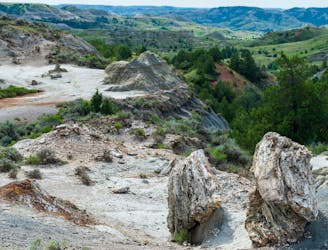
A challenging 10-mile circuit through one of America's largest petrified forest.
Difficult Hiking
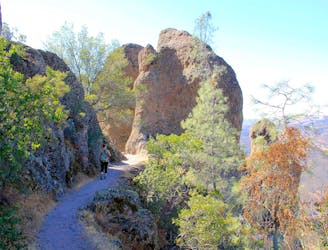
Exciting trail along the jagged backbone of the Pinnacles, with steep stairs and drop-offs protected by metal rails.
Difficult Hiking
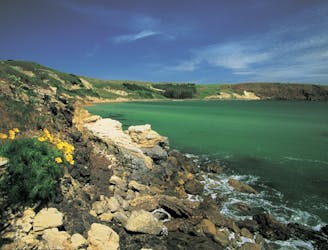
From Scorpion Cove, a wide path leads over the island to Smugglers Cove, with a remote beach and even further hiking options once you get there.
Moderate Hiking
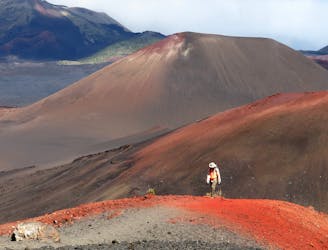
Out-and-back journey to the crater floor, from the summit area of Haleakalā.
Moderate Hiking
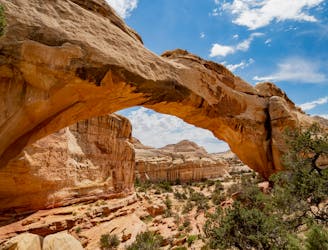
Capitol Reef's most popular hike leads to a massive natural arch soaring 125 feet high!
Moderate Hiking
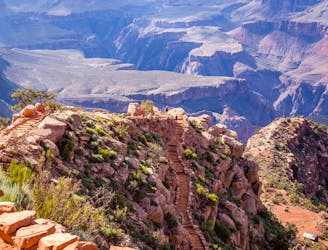
A truly epic hike across the Grand Canyon.
Severe Hiking
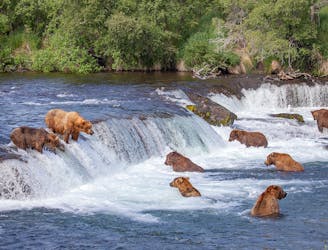
One of the best places to view grizzly bears in the world.
Easy Hiking

10 routes · Alpine Climbing · Hiking
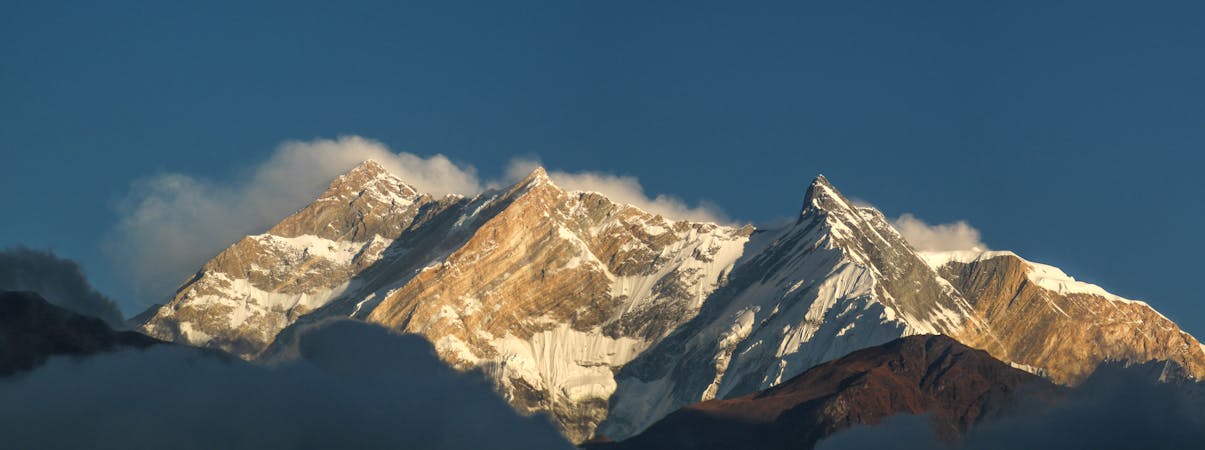
6 routes · Hiking
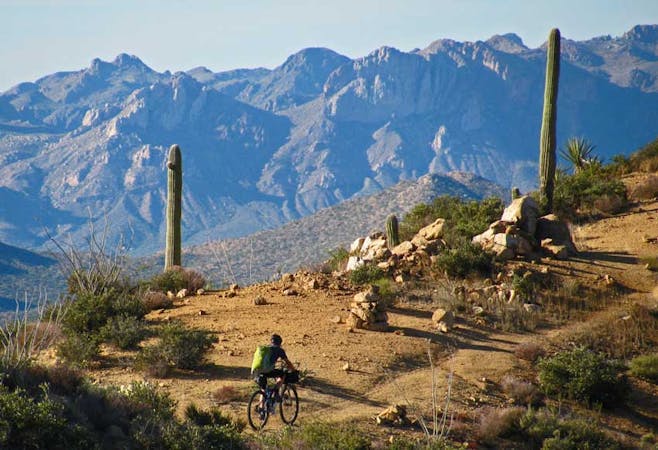
23 routes · Mountain Biking · Hiking
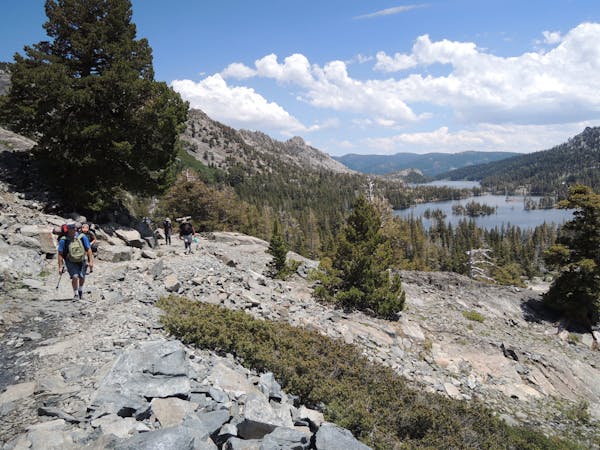
8 routes · Hiking
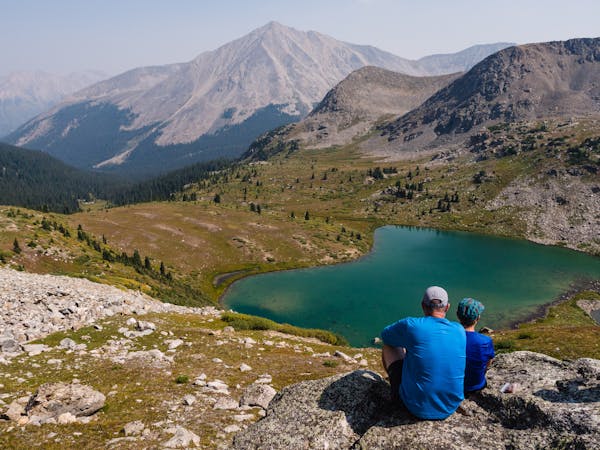
16 routes · Hiking
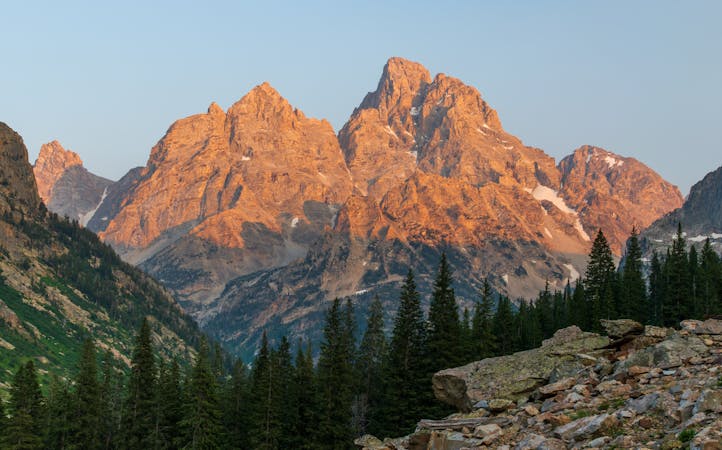
7 routes · Hiking
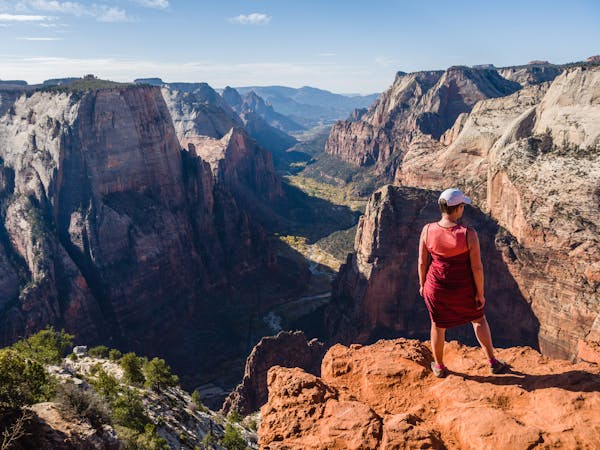
11 routes · Hiking

12 routes · Hiking
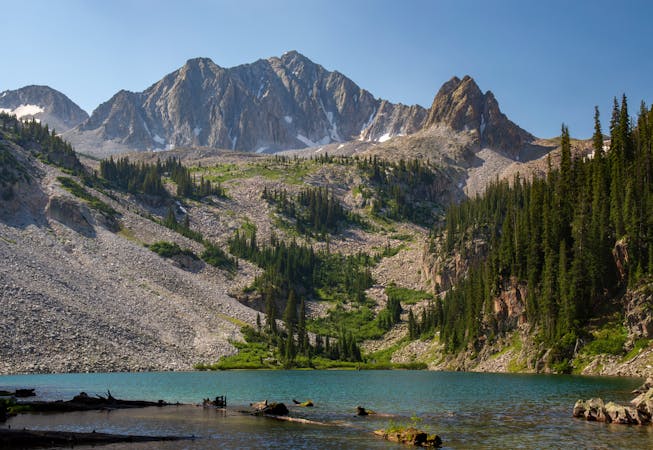
6 routes · Alpine Climbing · Hiking

6 routes · Mountain Biking · Hiking